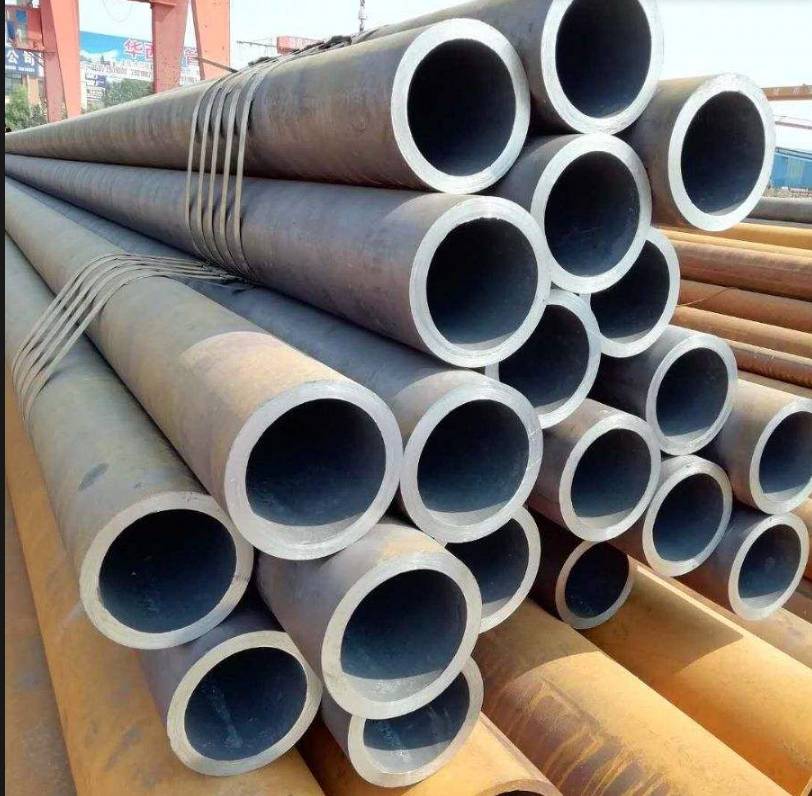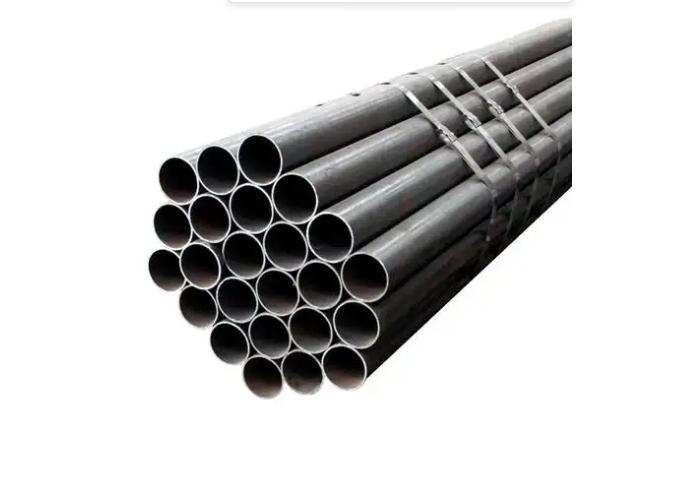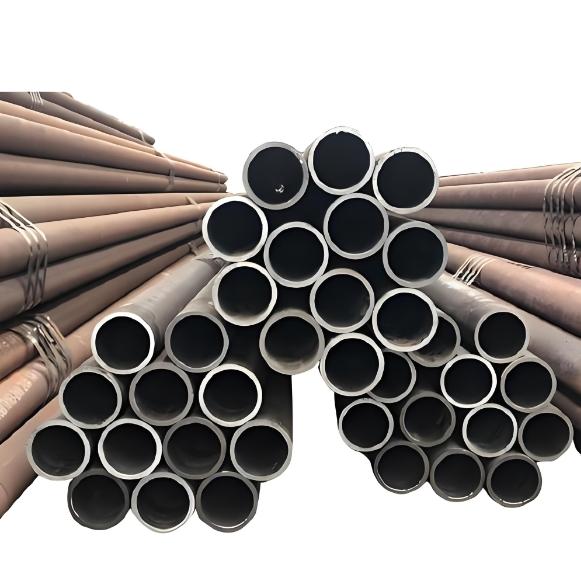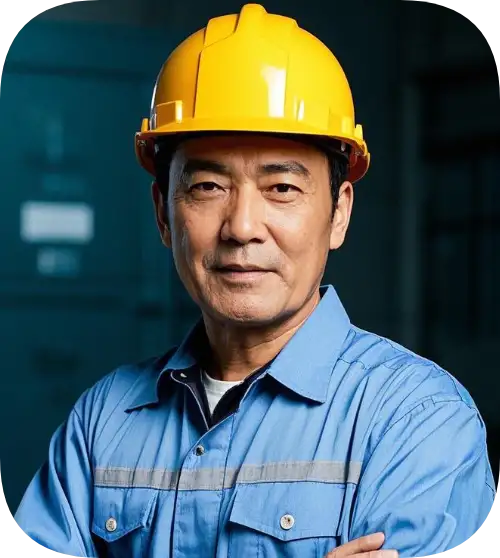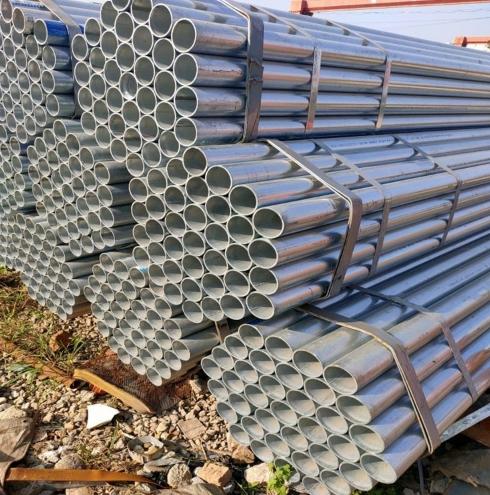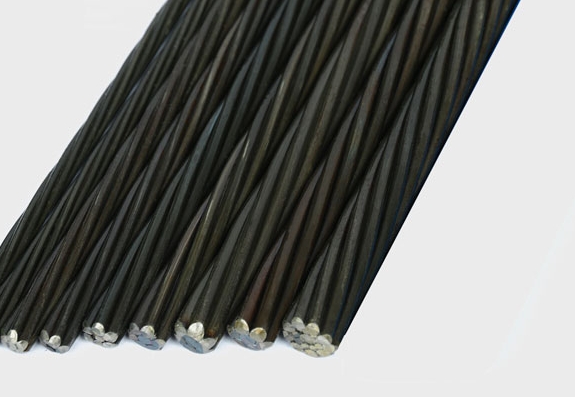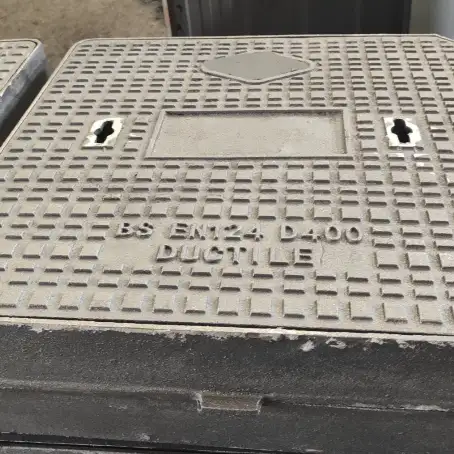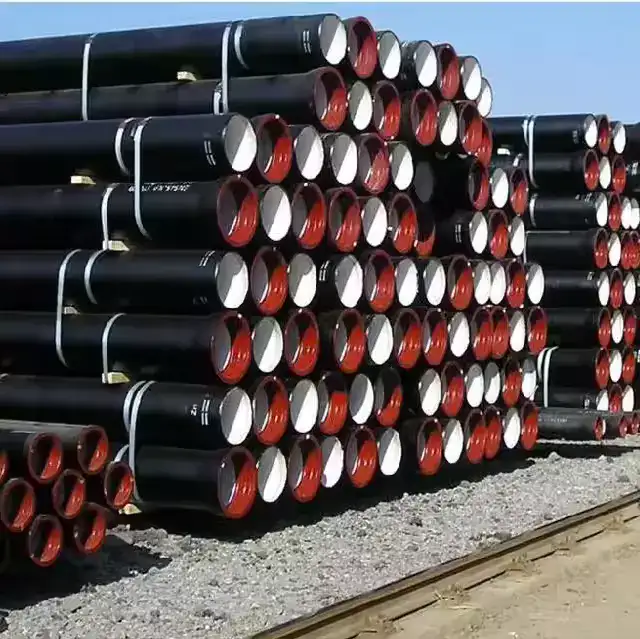The Importance of Carbon Steel Pipe Fabrication
Carbon steel pipe fabrication is crucial in industries like oil & gas, construction, and manufacturing. Its strength, durability, and cost-effectiveness make it a preferred choice. However, achieving optimal results requires understanding the fabrication process, common challenges, and best practices.
Understanding Carbon Steel Pipe Fabrication
What Is Carbon Steel Pipe Fabrication?
Carbon steel pipe fabrication involves cutting, bending, and assembling carbon steel pipes to meet specific requirements. This process ensures that the pipes can withstand various pressures and temperatures, making them suitable for diverse applications.
Applications Across Industries
Industries such as petrochemical, power generation, and infrastructure rely heavily on carbon steel pipes. Their ability to handle high-pressure fluids and resist corrosion makes them indispensable.
Step-by-Step Fabrication Process
1. Material Selection
Choosing the right grade of carbon steel is foundational. Factors like tensile strength, ductility, and corrosion resistance guide this choice.
2. Cutting and Marking
Precision cutting ensures pipes fit perfectly. Techniques like plasma cutting and mechanical sawing are commonly used. Accurate marking prevents assembly errors.
3. End Preparation
Beveling and cleaning pipe ends are essential for strong welds. Proper preparation minimizes defects and ensures joint integrity.
4. Fitting and Assembly
Aligning and assembling pipes with fittings like elbows and flanges require meticulous attention. Tack welding holds components in place before final welding.
5. Welding
Techniques such as MIG, TIG, and SMAW are employed based on project needs. Each method offers distinct advantages in terms of speed and precision.
6. Inspection and Testing
Non-destructive testing methods, including ultrasonic and radiographic tests, verify weld quality and detect internal flaws.
Common Challenges and Solutions
Challenge: Weld Defects
Issues like porosity and cracking can compromise pipe integrity.
Solution: Implementing proper welding techniques and pre-weld preparations reduces defects.
Challenge: Dimensional Inaccuracies
Incorrect measurements lead to assembly issues.
Solution: Utilizing precise cutting tools and regular calibration ensures accuracy.
Challenge: Material Incompatibility
Using incompatible materials can cause failures.
Solution: Thoroughly verifying material specifications before fabrication prevents such issues.
Case Study: Real-World Application
During a refinery project, our team faced challenges with pipe alignment due to thermal expansion. By incorporating expansion joints and flexible connectors, we accommodated movement, ensuring system integrity. This experience underscored the importance of anticipating operational conditions during fabrication.
Comparative Analysis: Manual vs. Automated Welding
| Aspect | Manual Welding | Automated Welding |
|---|---|---|
| Speed | Moderate | High |
| Consistency | Variable | Consistent |
| Skill Requirement | High | Moderate |
| Initial Investment | Low | High |
| Suitability for Large Projects | Limited | Excellent |
Automated welding offers consistency and efficiency, especially for large-scale projects, despite higher initial costs.
⚠️ Common Misconceptions
-
Myth: All carbon steel grades are the same.
Fact: Different grades have varying properties affecting weldability and strength. -
Myth: Preheating isn’t necessary.
Fact: Preheating prevents thermal shock and reduces the risk of cracking. -
Myth: Visual inspection is sufficient.
Fact: Non-destructive testing is essential for detecting internal flaws.
Market Insights
The global pipe fabrication market revenue from welding was estimated at USD 20 billion in 2023 and is projected to reach USD 26 billion by 2032, exhibiting a CAGR of 4.2%. This growth reflects the increasing demand for reliable piping systems across industries.
Practical Checklist for Fabrication
-
✅ Verify material specifications.
-
✅ Ensure precise cutting and marking.
-
✅ Conduct thorough end preparation.
-
✅ Align and assemble components accurately.
-
✅ Choose appropriate welding techniques.
-
✅ Perform comprehensive inspections.
-
✅ Document all processes for quality assurance.
By adhering to these guidelines and understanding the intricacies of carbon steel pipe fabrication, professionals can ensure the creation of robust and reliable piping systems.


